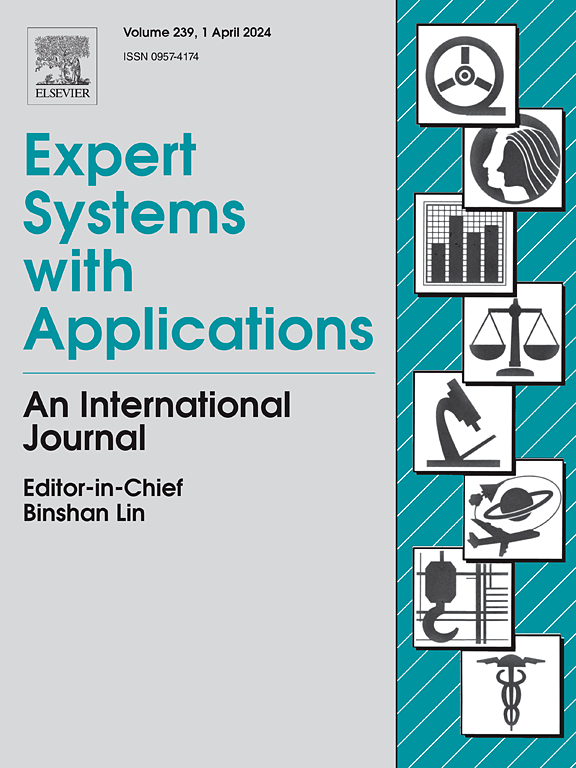Machine-agnostic automated lumbar MRI segmentation using a cascaded model based on generative neurons
IF 7.5
1区 计算机科学
Q1 COMPUTER SCIENCE, ARTIFICIAL INTELLIGENCE
引用次数: 0
Abstract
Automated lumbar spine segmentation is very crucial for modern diagnosis systems. In this study, we introduce a novel machine-agnostic approach for segmenting lumbar vertebrae and intervertebral discs from MRI images, employing a cascaded model that synergizes an ROI detection and a Self-organized Operational Neural Network (Self-ONN)-based encoder-decoder network for segmentation. Addressing the challenge of diverse MRI modalities, our methodology capitalizes on a unique dataset comprising images from 12 scanners and 34 subjects, enhanced through strategic preprocessing and data augmentation techniques. The YOLOv8 medium model excels in ROI extraction, achieving an excellent performance of 0.916 mAP score. Significantly, our Self-ONN-based model, combined with a DenseNet121 encoder, demonstrates excellent performance in lumbar vertebrae and IVD segmentation with a mean Intersection over Union (IoU) of 83.66%, a sensitivity of 91.44%, and Dice Similarity Coefficient (DSC) of 91.03%, as validated through rigorous 10-fold cross-validation. This study not only showcases an effective approach to MRI segmentation in spine-related disorders but also sets the stage for future advancements in automated diagnostic tools, emphasizing the need for further dataset expansion and model refinement for broader clinical applicability.
使用基于生成神经元的级联模型进行机器诊断式自动腰椎 MRI 分割
腰椎的自动分割对现代诊断系统非常重要。在本研究中,我们介绍了一种从核磁共振成像图像中分割腰椎和椎间盘的新型机器诊断方法,该方法采用了一种级联模型,将 ROI 检测和基于自组织运算神经网络(Self-ONN)的编码器-解码器网络协同用于分割。为了应对不同磁共振成像模式的挑战,我们的方法利用了一个独特的数据集,该数据集由来自 12 台扫描仪和 34 个受试者的图像组成,并通过战略性预处理和数据增强技术进行了增强。YOLOv8 中型模型在 ROI 提取方面表现出色,取得了 0.916 mAP 分数的优异成绩。值得注意的是,我们基于 Self-ONN 的模型与 DenseNet121 编码器相结合,在腰椎和 IVD 分割方面表现出色,经严格的 10 倍交叉验证,平均联合交叉率 (IoU) 为 83.66%,灵敏度为 91.44%,Dice 相似系数 (DSC) 为 91.03%。这项研究不仅展示了脊柱相关疾病核磁共振成像分割的有效方法,还为自动诊断工具的未来发展奠定了基础,同时强调了进一步扩展数据集和完善模型以扩大临床应用的必要性。
本文章由计算机程序翻译,如有差异,请以英文原文为准。
求助全文
约1分钟内获得全文
求助全文
来源期刊

Expert Systems with Applications
工程技术-工程:电子与电气
CiteScore
13.80
自引率
10.60%
发文量
2045
审稿时长
8.7 months
期刊介绍:
Expert Systems With Applications is an international journal dedicated to the exchange of information on expert and intelligent systems used globally in industry, government, and universities. The journal emphasizes original papers covering the design, development, testing, implementation, and management of these systems, offering practical guidelines. It spans various sectors such as finance, engineering, marketing, law, project management, information management, medicine, and more. The journal also welcomes papers on multi-agent systems, knowledge management, neural networks, knowledge discovery, data mining, and other related areas, excluding applications to military/defense systems.
 求助内容:
求助内容: 应助结果提醒方式:
应助结果提醒方式:


